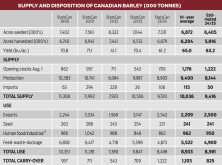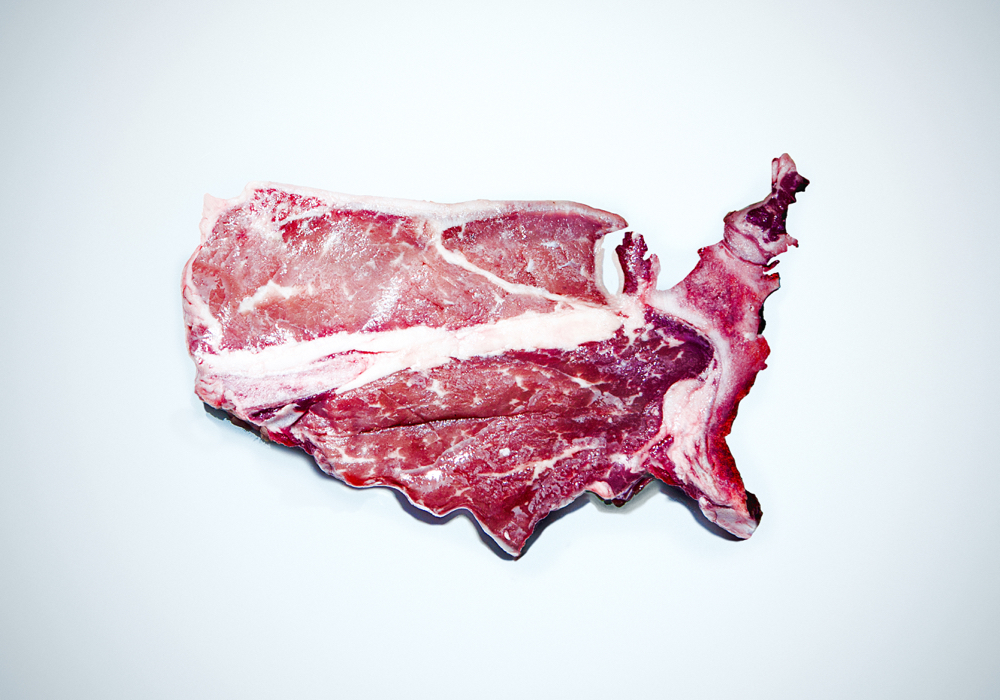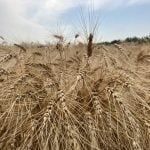No fewer than 10 entities or individuals have announced plans to build new beef processing plants in the U.S. I sure hope they are looking at the current and future size of the U.S. beef herd and how much processing capacity the industry currently has.
Should they do so with an open mind, they might decide to shelve their plans and save their investors a lot of money, for the industry has an overcapacity issue that will only worsen in the next two or three years. The decline in the beef herd that began in 2019 shows no sign of abating. Beef cow numbers will continue to shrink this year and there is still no sign of heifer retention. Cattle numbers are unlikely to start increasing until late next year at the earliest. When that begins, the number of cattle in feedlots and going to fed beef processors will get even tighter for a year or more until they expand again.
This likely scenario has beef processors increasingly concerned about their ability to make money for the next two years and the effect on beef demand if they force prices higher. Tyson Foods’ beef business eked out a small profit in the second quarter. JBS Beef North America had a similarly small profit in the same quarter. JBS management told analysts the outlook for beef in the U.S. is “not going to improve soon” and this is likely to leave beef processors with unused capacity. There is no doubt that cattle supplies will remain tight in 2024 and no doubt that companies will operate using less capacity, said JBS global president of operations Wesley Batista Filho. Profit margins at JBS’s North American beef operation will remain at “low single-digit” levels, with ranchers expected to withhold females as part of efforts to replenish the herd, he told analysts.
Read Also

The Canadian Cattle Association’s international advocacy efforts
Global ag policies affect Canadian food policy, so the Canadian Cattle Association participates in international and domestic forums
The catastrophic drought from 2010 through 2012 led to the closure of nine processing plants. Industry-wide capacity by 2016 declined to 125,500 head per day from 139,000 head per day in 2010, according to my data. But the capacity total has now increased considerably from that low. I calculate that the largest 71 beef processing plants in the U.S. currently have the capacity to process 134,705 head per day. Even using a more conservative estimate of maximum daily capacity of 128,000 head, it is clear the industry is saddled with excess capacity. The 128,000-head total would mean a maximum slaughter total of 640,000 head over five days or 704,000 head over 5.5 days.
Weekly slaughter totals so far this year have been far below the 704,000 total. The second week of January saw the largest total of the year, 660,740 head. In contrast, the first two weeks of August saw estimated totals average only 609,000 head. That is 95 per cent of the five-day capacity or 87 per cent of the 5.5-day capacity. Such numbers make it clear why Saturday slaughter levels are often below 10,000 head.
The current overcapacity in beef processing and little likelihood of any meaningful increase in beef cattle numbers for two years cast a shadow over 10 proposed new beef processing plants. The first was proposed three years ago and is now operating in Idaho. The 10 plants have an avowed capacity of 18,190 head per day. This includes a plan to build an 8,000-per-day mega-plant in South Dakota. It seems likely this plant will not get to the groundbreaking stage. The wider question is how many others will meet the same fate.
















